Rhodesian ridgeback
Lion-hunting dogs
The Dutch inhabiting Southern Africa in the 16th century used to describe these dogs as “ugly”. Despite that description, European settlers saw many interesting features in these African quadrupeds. It turned out that there was much bravery, but also cruelty in them. Therefore, they were used, for example, for lion hunting.
However, Rhodesian ridgebacks were not to kill these maned giants, but surround them and keep them at bay until the hunters arrived. Not only are the modern representatives of this breed hunters, but also guardians, protectors, and intelligent family friends.
FCI Classification
- Group 6: Scent hounds and related breeds
- Section 3: Related breeds
- Working trial: Without working trial
- Type: Molosser, Pointer
- Origin: Rhodesia (today’s Zimbabwe)
- Other names: African lion dog, African lion hound
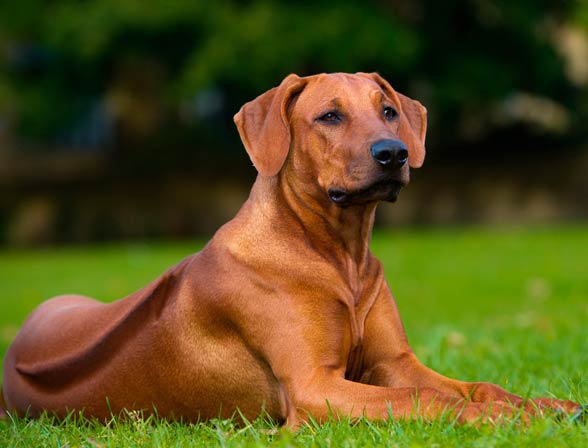
History of the breed
Today’s breed comes from the crossbred of African hunting dogs and dogs imported from Europe to Africa in the 16th and 17th centuries. Initially, African hunting dogs were not involved only in hunting. They could also guard houses, and they showed cruelty while in contact with an enemy. Dutch settlers described them as ugly but ruthless.
A ridge of hair along their back, which parted in a specific way, is the most characteristic feature of these dogs.
For over 50 years, the Dutch settlers, whose descendants are called Afrikaners, used local dogs with strange hair for guarding their farms and cattle, and also hunting. The dogs turned out to be excellent in the latter one – they were able to hunt lions along with hunters riding horses. Because of their skills, the dogs received an alternative name: African lion dogs.
Over time, people started to crossbreed them with European breeds, including the Deerhound, Borzoi, English Mastiff, and probably Great Dane. The breed standard was created in Rhodesia in 1922.

Characteristics
Appearance
Rhodesian ridgebacks are very muscular and large. The head is wide and flat between the ears, the muzzle is long and deep, with a black, brown or liver nose (depending on the whole coloration). The highly seated ears fall onto cheekbones. The eyes are round, usually brownish. The fore legs should be very straight and strong. The tail is relatively long, narrowing at the end.
The coat is smooth, shiny, short and dense, of a wheaten or reddish color; sometimes white markings occur on the toes and chest. The ridge of hair on the back is a characteristic feature, because the hair grows in the opposite direction than the rest of hair. This ridge is usually about 5 cm wide at the widest point. It is suspected that it’s inherited from the original African breed.
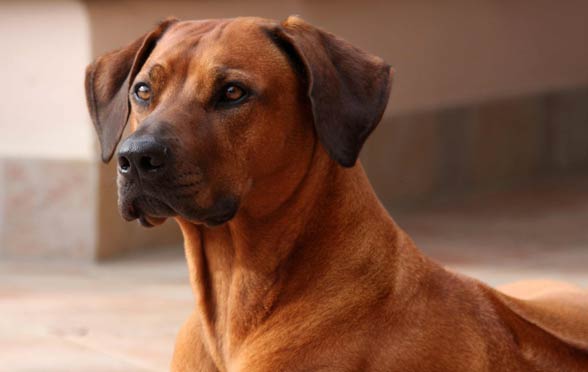
Temperament
Apart from being an excellent and cruel hunter, the Rhodesian ridgeback turns out to be a gentle, obedient, and good family friend. The dog is gentle by nature, but it can be difficult for it to live with toddlers under one roof – some individuals are too rough while playing, so they could unintentionally harm a child.
Certainly it’s highly intelligent. It also shows great loyalty towards it’s owners. On a daily basis the Rhodesian ridgeback is very alert and brave. It is distant towards strangers, but it’s not shy. The dog has a very enduring body, therefore, without enough physical and mental activity it can become hyperactive and unpredictable.
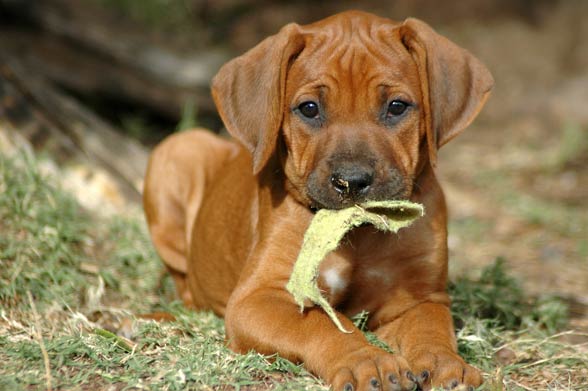
A wise owner needed
The Rhodesian ridgeback requires a wise, responsible, mentally strong, and confident owner. In short – a pack leader. Only then, a dog will obey commands and follow the rules applicable both inside and outside their home. Under the supervision of an appropriate man it will become a great family companion. However, Rhodesian ridgebacks are not recommended for every dog person, because the majority of dog lovers may have not as much time and energy to meet the demands associated with owning a Rhodesian ridgeback.
Apart from power, the dog also appreciates quiet, so the training should be full of assertiveness and patience. Training these dogs is not torture because they learn fast, although they happen to be stubborn and rebellious. However, if you start the training in early years of a dog’s life, it will be easier to finish it.
A properly raised Rhodesian ridgeback will be able to live under one roof with cats and other dogs, provided that it is in contact with them from its puppy days. Thanks to its great physical condition, the Rhodesian ridgeback can be a wonderful jogging companion.
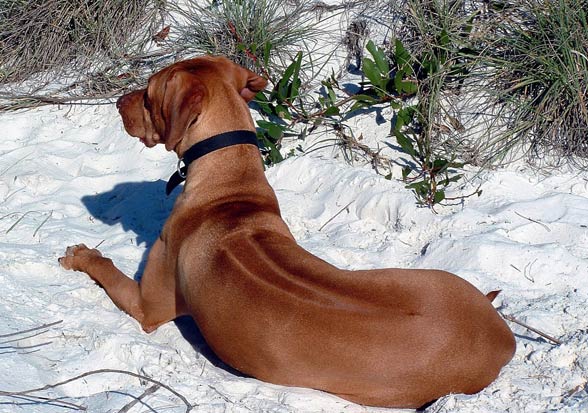
Detailed information / size
Rhodesian ridgeback
- Height at shoulders:
- males 63-69 cm (25-27 in)
- females 61-66 cm (24-26 in)
- Weight:
- males 36-41 kg (79-90 lb)
- females 29-34 kg (64-75 lb)
- Lifespan: 10-12 years
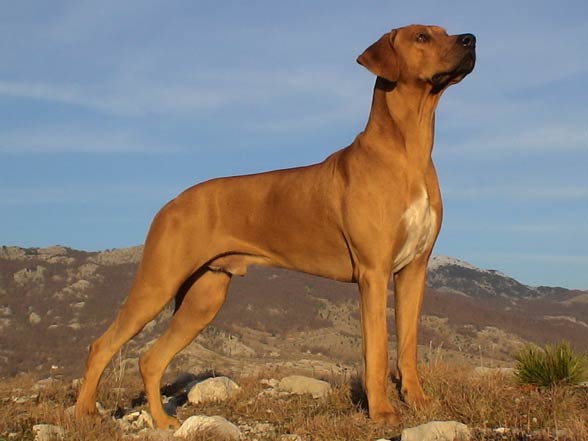
Rhodesian ridgeback – interesting facts
- The name of the breed comes from the former name of Zimbabwe – Rhodesia, and the characteristic ridge on the back.
- Many dogs of this breed have a black tongue.
- Other breeds with a ridge on the back include Thai ridgeback and Phu Quoc ridgeback.
- Within the breed there are cases of skin diseases, paralysis, hypothyroidism, and twisted stomach.
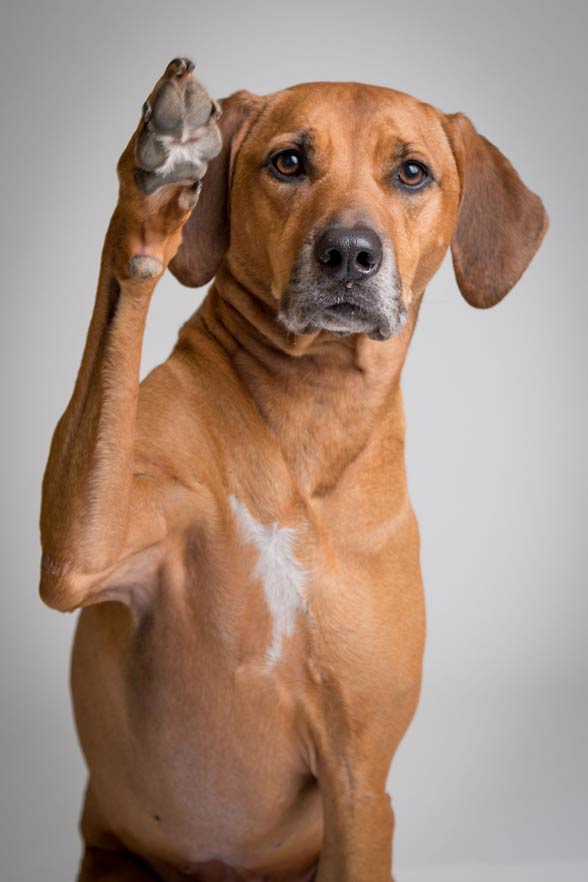

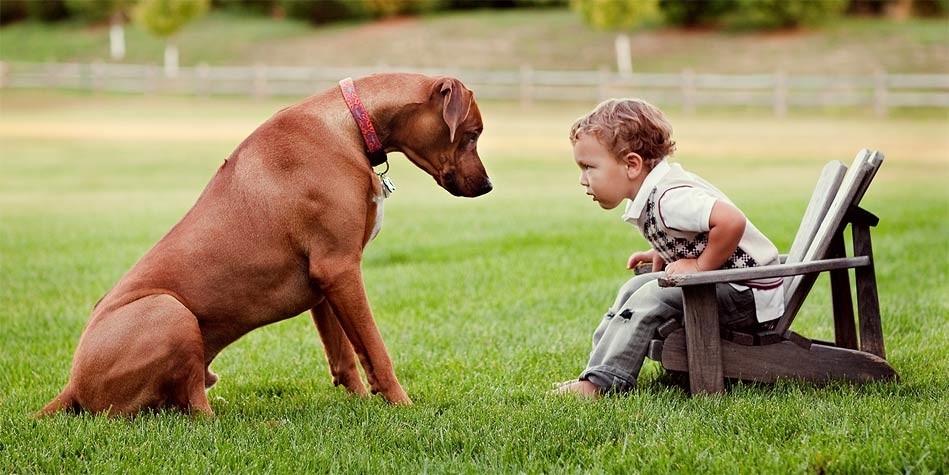



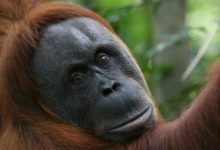



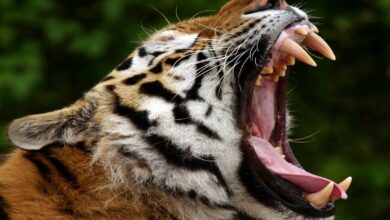
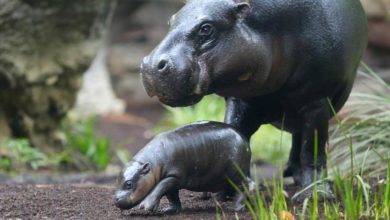


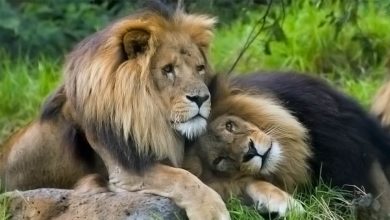


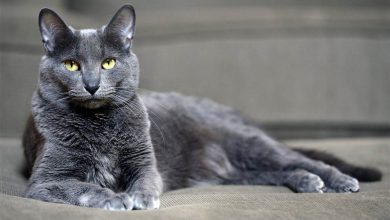


It’s great to know that there would be Rhodesian Ridgebacks that can live with cats if they are properly raised. I hope that is achievable in our family because I would also want to have a cat in the future. And we need to get a big dog to protect the house whenever we are away.